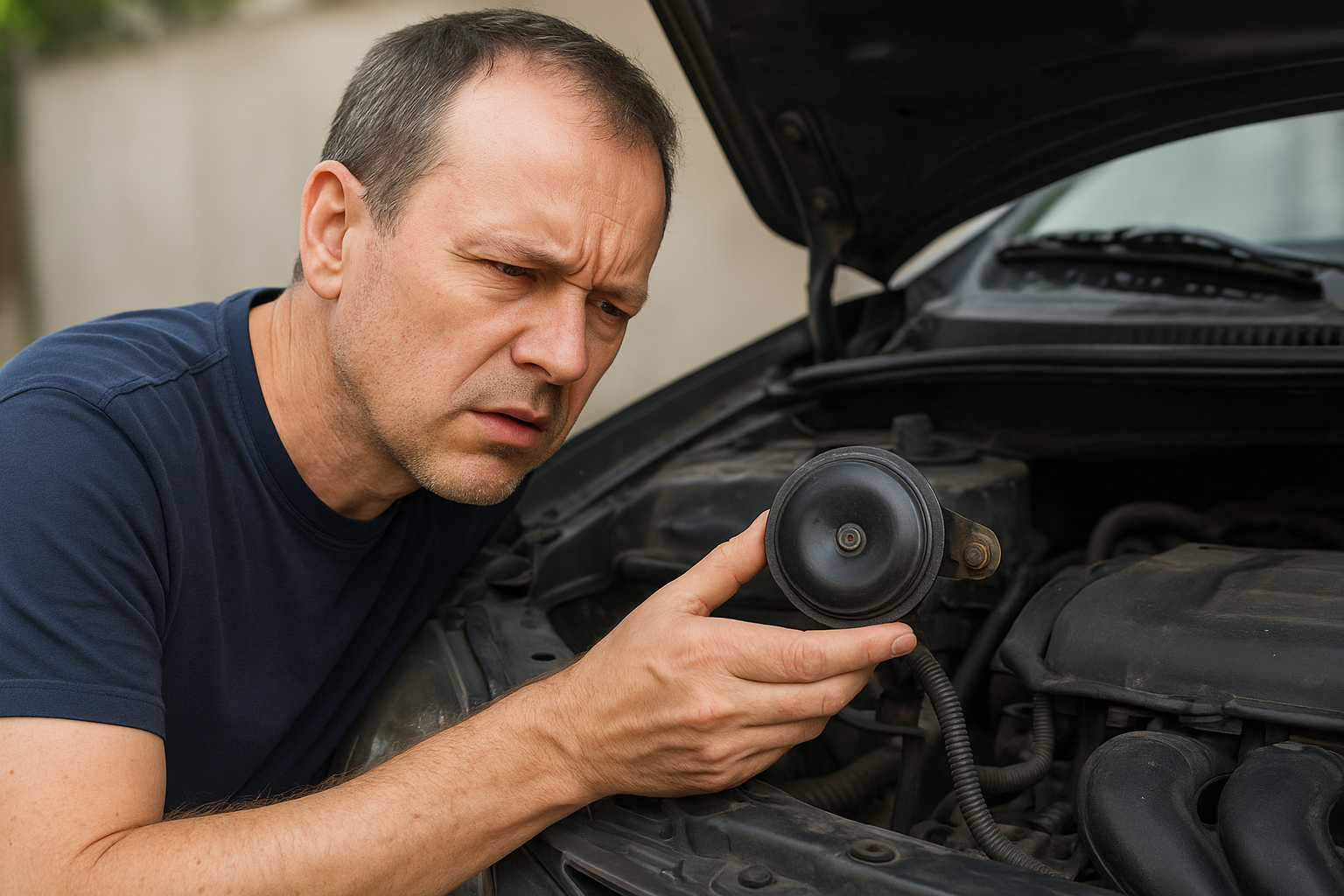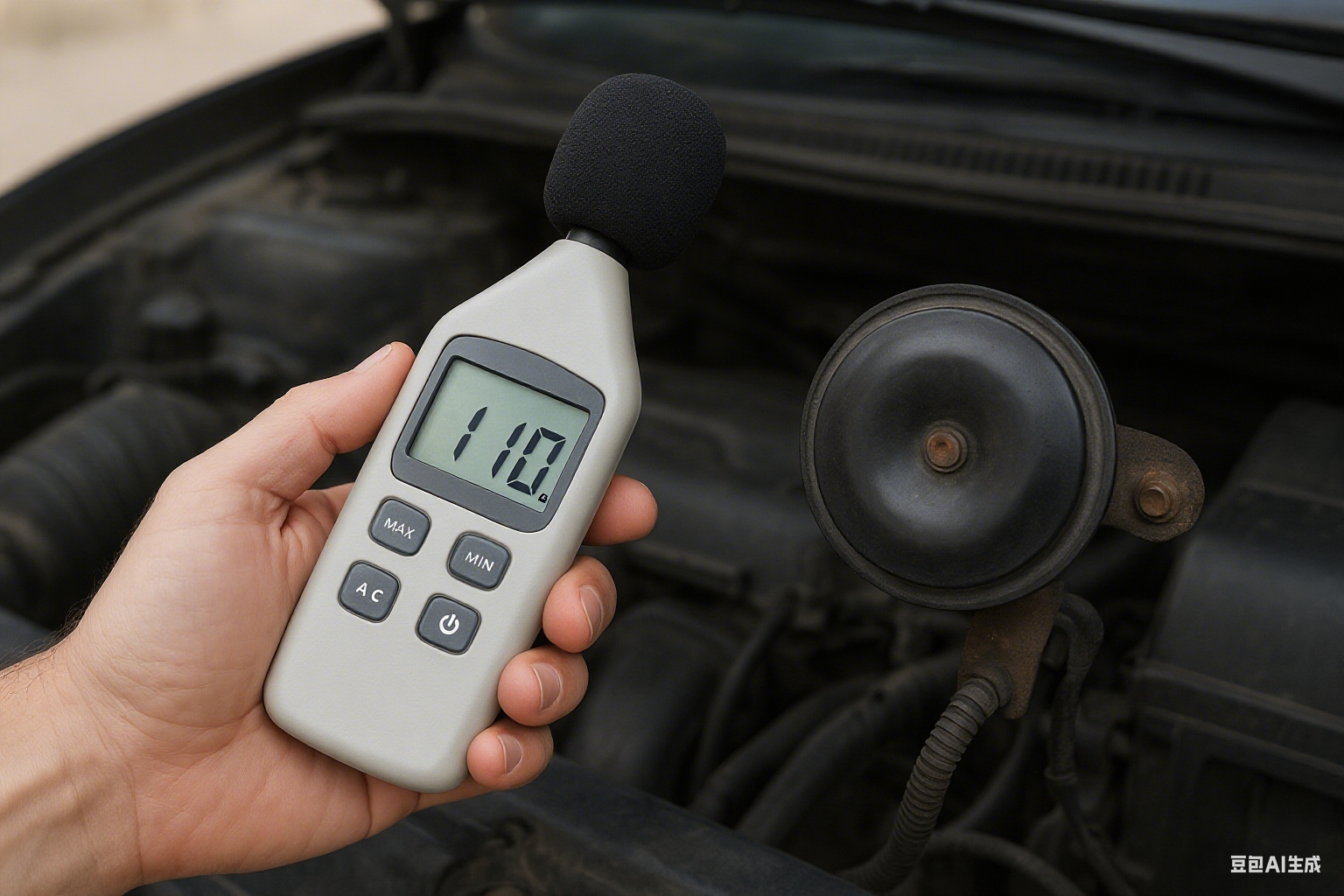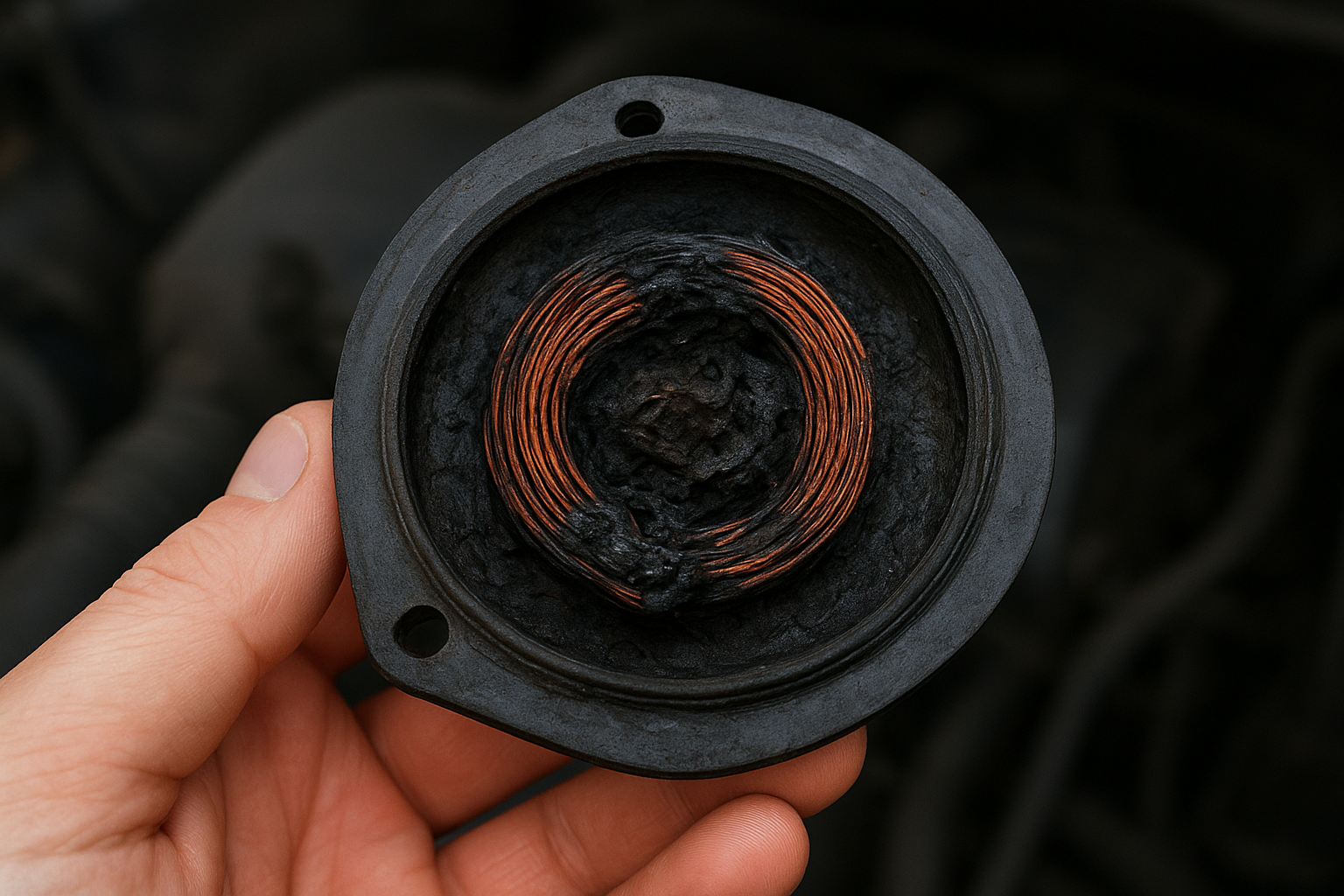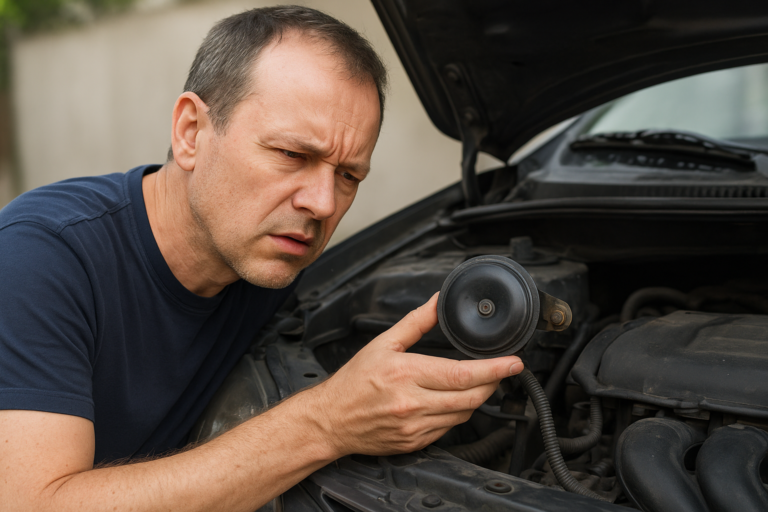A sudden silent horn can leave you vulnerable on the road. Understanding common failure points helps diagnose and fix issues quickly, whether you're a driver or auto parts distributor.
Most horn failures stem from electrical issues (50%), mechanical damage (30%), or environmental factors (20%). Quick fixes include checking fuses, cleaning contacts, and testing voltage - while permanent solutions often require horn replacement.

Let's examine both temporary solutions and permanent upgrades to keep vehicles properly equipped with functional warning systems.
Car Horn Laws: How Loud Can You Go?
Police in Manila recently fined a driver for excessive horn volume. While horns must be audible, most countries enforce strict decibel limits to prevent noise pollution.
Legal horn volumes typically range between 93-112dB, with our 110dB models offering maximum legal alert power without violating noise ordinances in most markets (tested to ECE R28 standards).

Understanding Horn Volume Regulations
-
Global Volume Standards: Country/Region Maximum Legal dB Common Enforcement USA 110dB Rarely enforced EU 112dB Strictly tested Southeast Asia 105dB Random checks -
Practical Implications:
- Our 110dB dual-tone horns comply worldwide
- Includes dB certification documentation
- Lower 93dB models available for noise-sensitive areas
-
Business Considerations:
- Philippine distributors stock both 105dB and 110dB options
- Russian clients prefer louder models for winter conditions
- European buyers require E-mark certification paperwork
12V vs 24V: What happens when you mismatch a car horn?
A Thai mechanic recently melted a 12V horn by connecting it to a 24V truck system. Voltage compatibility matters for both performance and safety.
Using 12V horns on 24V systems causes immediate burnout (coils overheat in seconds), while 24V horns on 12V systems produce weak sound (50% volume loss). Always match horn voltage to vehicle specifications.

Voltage Compatibility Guide
-
System Comparison: Vehicle Type Standard Voltage Horn Recommendations Passenger Cars 12V FHL-120S series Trucks/Buses 24V FHL-240T series -
Failure Symptoms:
- Overvoltage: Burnt smell, silent operation
- Undervoltage: Weak "honk", intermittent sound
-
Prevention Solutions:
- Clear voltage labeling on all units
- Color-coded connectors (blue=12V, red=24V)
- Optional voltage converters for mixed fleets
Conclusion
From legal volume limits to electrical compatibility, maintaining functional car horns requires technical knowledge. For wholesale inquiries about our certified, voltage-specific horn solutions, contact info@jindongauto.com.
About FHL: Factory-direct automotive horns since 2008, specializing in OEM/ODM solutions for global distributors. Visit www.jingdongparts.com for voltage guides and technical specifications.


